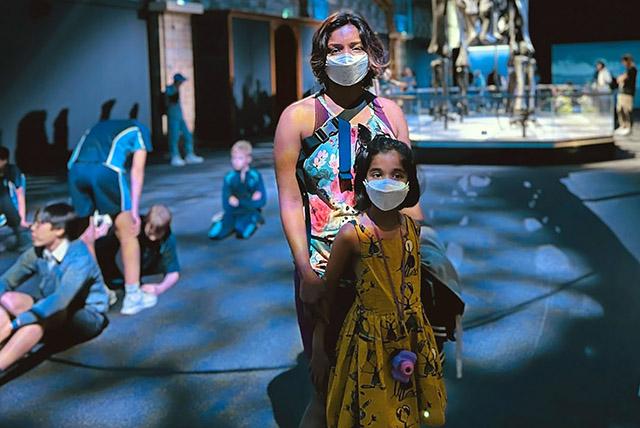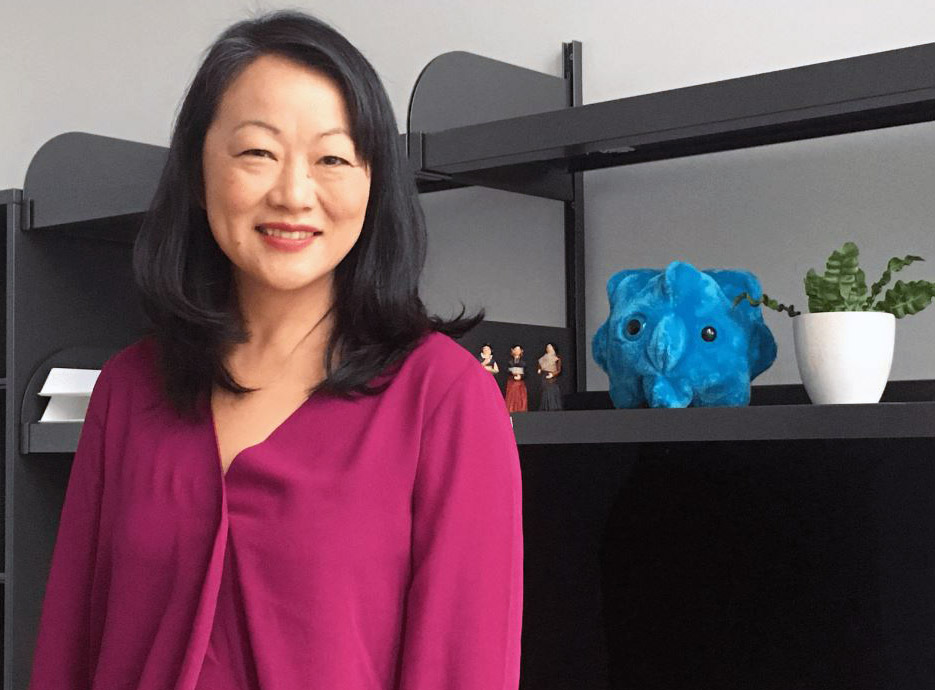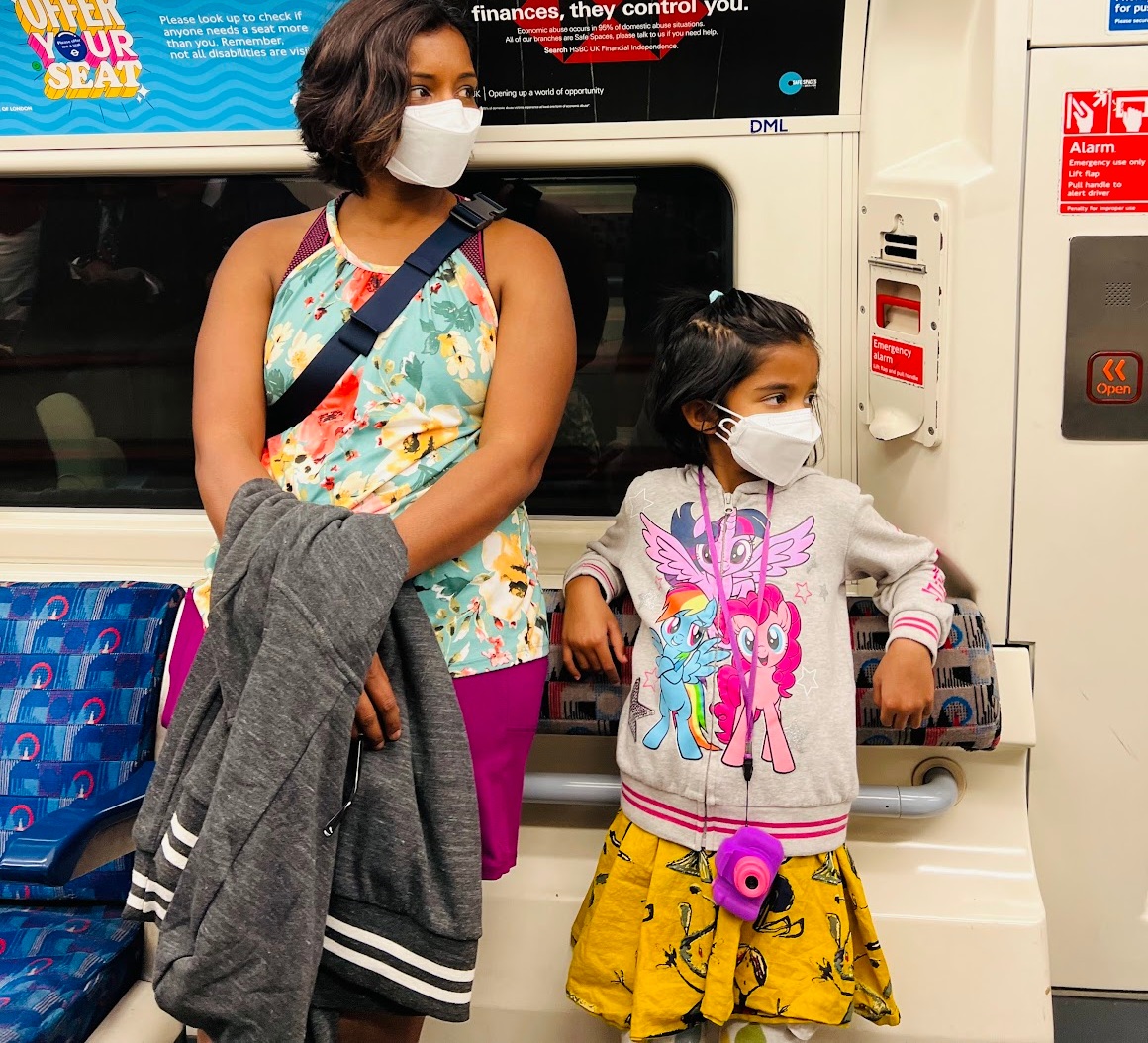
How to navigate COVID-19 with kids and as a family
UW infectious-disease experts talk about their decisions and why there's reason for hope.
With the COVID variant, BA.5, surging through the region and the nation, what makes this viral wave so different from the others?
Two UW Medicine specialists, Pavitra Roychoudhury, acting instructor in laboratory medicine and pathology and Dr. Helen Chu, associate professor of medicine, Division of Allergy and Infectious Disease, Department of Medicine, answer these and other COVID-19 questions. They also mention what steps they’re taking to try to protect themselves and their families.
What are some simple rules to remember about protecting ourselves from COVID?
Helen Chu: I would assume it is circulating and it is everywhere. That’s how I behave right now.
In terms of viral particles suspended in the air, the amount of airflow seems to minimize the risk. If you’re at an outdoor concert and a lot of people are shouting, then, yes, mask, or in a situation with crowding, coughing, sneezing or talking loudly, it makes sense to take precautions. In terms of a hiking trail and walking past somebody, I don’t see the value in masking.
What advice do you have for eating out?
Chu: Especially with children still going through the vaccine series, I mask indoors. I wear KN95s and my children wear KF94s. We don’t dine indoors. We dine outdoors. There’s so much BA.5. We're pretty cautious with our interactions with others. When we get together with other people we do it outdoors. And we have a ready supply of home antigen (rapid) tests.

Would you personally stop eating out indoors?
Pavitra Roychoudhury: I’m personally avoiding indoor dining as much as possible because usually that means being in a room that’s poorly ventilated with many people not wearing masks. I do want to support our local restaurants, so I try to look for restaurants with outdoor seating or get take-out.
What is one of the most common misunderstandings about COVID and BA.5?
Chu: I think people are operating under the assumption that if you get it, you won’t get it again and you are protected and that’s not true. What we know now is one infection does not protect you from the next infection. With each infection people get sick and it’s pretty disruptive with isolation and having your family having to quarantine. Getting it once does not mean it’s over for your family.
How soon can people potentially become reinfected?
Chu: People can get reinfected within four to six weeks. It depends on how different the prior strain was from the one you’re exposed to now.
What advice do you have for students returning to school?
Roychoudhury: With high levels of community transmission I recommend masking indoors with a KF94 or similar mask. My kid continues to wear a mask in her school, although it's optional.
Chu: In general, kids will do what you tell them to do. They know how to mask. For what it’s worth, my children are continuing to mask. I'm concerned enough about the risk of transmission for indoor settings.
What makes BA.5 so different from previous variants?
Roychoudhury: BA.5 is a highly transmissible subvariant, which means more people are getting infected. It’s also better at evading the immunity we’ve gained from vaccination or prior infection, which means we are seeing more reinfections.
What are you seeing and what do you expect to see over the next few weeks in terms of variant trends?
Roychoudhury: Out of the 3,000 to 4,000 PCR tests we do every day at the lab, about one in five are positive. We’ve seen this 20% level for over two months now, suggesting there is a lot of community transmission. While this number is lower than what we saw at the height of BA.1 in January 2022 (35%), a lot of people are using at-home tests, so we likely don’t have the full picture.
As more people get infected, I hope that eventually we’ll see a decline in cases, but I worry what will happen in the fall with colder temperatures as people move indoors.
A subset of positive tests are classified by variant type. What are those results?
Roychoudhury: About 70% of all samples are BA.5, the dominant subvariant in much of the U.S.

What do you see happening nationally and even globally with COVID and BA.5 that seems to be changing?
Chu: The transmissibility is increasing over time. If a virus is able to develop a mutation, that makes it more transmissible. Each variant seems to become more and more transmissible.
Roychoudhury: Every case is an oppoRrtunity for mutations to arise. As it makes copies of itself within an infected person, it accumulates errors.
Some of these errors can make the virus more transmissible, more immune evasive, or make people sicker.
The sheer number of infections globally is one of the primary reasons we see variants pop up. In addition, the virus can replicate over a long period of time in people with weakened immune systems and this long period of replication provides added opportunities to accumulate mutations.
If we want to prevent the virus from evolving, the best way is to not give it opportunity, so minimize the amount of transmission and provide treatment to reduce replication in those who are infected.
Because vaccines for children are relatively new, what do we know about their effectiveness?
Chu: There’s a study underway on vaccine effectiveness in children. We’re focusing specifically on children six months to 18 years old. We’re enrolling 3,500 families to follow for four years and with those results we will have more information.
There’s a lot of interesting questions in kids: How long does immunity last? How much reinfection and health complications occur? How much household transmission is from kids to adults and adults to kids? These questions in children are not as well studied as adults with COVID. What is known from existing data is that vaccinating children does provide some protection from infection and is likely to protect them from severe infection.
How can people learn more about it, especially if they’re interested in joining the study?
Chu: The website www.kpchr.org/cascadia/home has an overview and video.
What do you see upcoming with COVID trends?
Roychoudhury: As people move indoors and with this variant — and there might be another variant — my worry would be what things will look like in the fall and winter.
What about boosters?
Roychoudhury: There will be another round of boosters available to everyone to take. Ideally they will be designed against BA.5. If that is made available and manufactured in large enough quantities, that could help protect us during the fall surge, combined with some people having some immunity from being infected by BA.5.
For me personally, whatever booster becomes available in the next couple of months, I would take it in order to boost antibody levels as we approach the fall and winter.
What is the message about COVID you would most like to share?
Chu: I think people are tired of everything. We want this to end. We are going to continue to see COVID and it will become something that comes back year after year. Over time, it will be better. It will take time. I feel like the message of hope is that we’ll get more vaccines more specific to the variants and we as a population will build more and more immunity.
Written by Sharon Salyer
For details about UW Medicine, please visit https://uwmedicine.org/about.